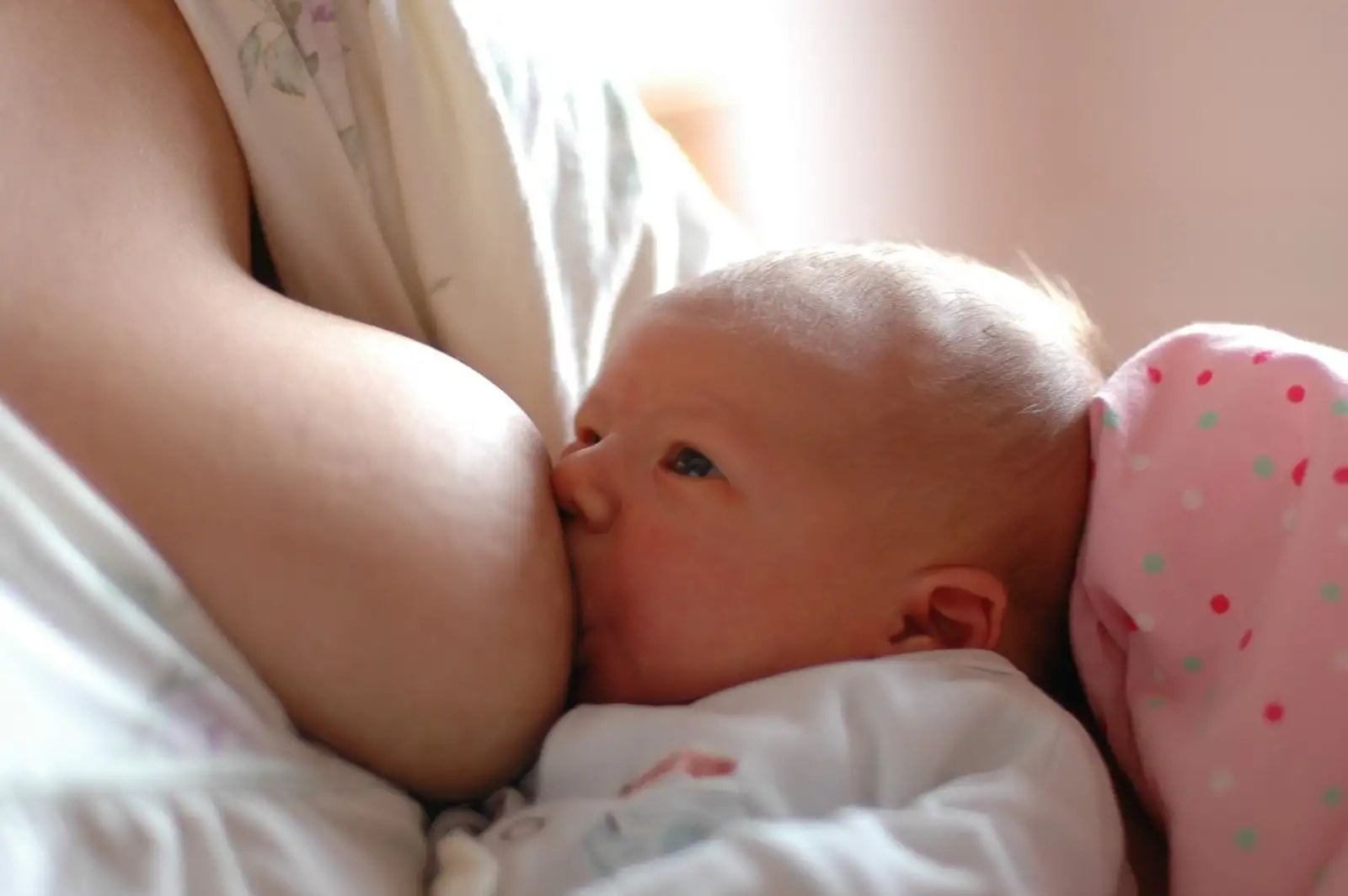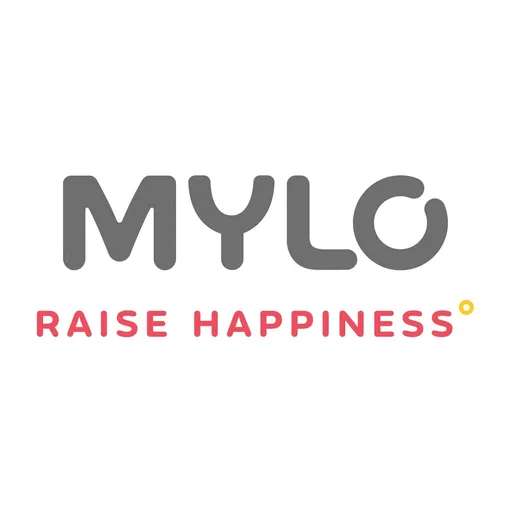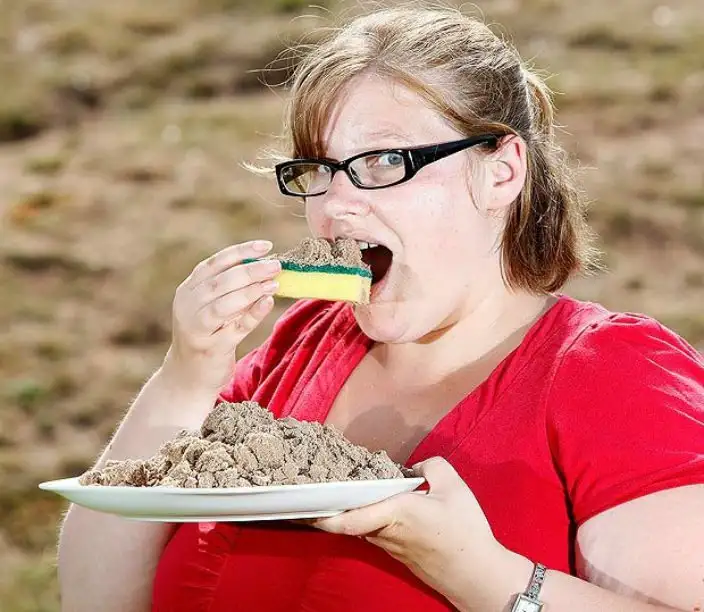Home

Breastfeeding & Lactation

How to Stop Breastfeeding?
In this Article

Breastfeeding & Lactation
How to Stop Breastfeeding?
Updated on 29 November 2022
Whether or not to stop breastfeeding is a challenging and very personal decision for every mother as it impacts both the mother and the baby. Weaning is a big step for both of you and you must prepare yourself well for this phase and take into consideration the baby’s dietary and emotional needs. Before we discuss how to stop breastfeeding, let us learn how long you should breastfeed and what are the best methods to dry up breast milk.
How long should you breastfeed?
Let us learn some important insights on how long you should breastfeed and why:
- WHO recommends exclusive breastfeeding which means no other fluids for the first six months and then including solids in the diet while continuing with breastfeeding until the baby is one year old.
- Breastfeeding your baby till nine months gives the ideal nourishment for brain and body development through the best suitable food - your milk.
- Beyond nine months, you should continue breastfeeding with complementary foods till one year as it not only ensures optimal nutrition and health for your baby, but also reduces the risk of some childhood cancers like leukaemia.
- Breastfeeding for a year or more reduces the risk of breast cancer and type-2 diabetes in the mother.
- Studies show that babies who are breastfed till eighteen months are likely to have sufficient nutrition and immunity protection, particularly at a stage when illness is a common factor in weaned-off babies.
- Also, in such cases, the baby gets comfortable with family foods and once he/she is a little grown up, is ready for a complete weaning process at a relaxed pace.
- Nursing for long forms a solid bond between the mother and the child and serves well for your child’s emotional development.
The WHO and UNICEF encourage breastfeeding throughout toddlerhood but a mother may want to wean off sooner than six months or a year due to a variety of reasons like excessive pain while breastfeeding, insufficient breast milk supply, medication etc. If you are facing this dilemma and want to wean off early, you must compensate it with a formula to ensure that the baby receives proper nutrition. After one year, the baby can be switched to cow’s milk.
Stop breastfeeding gradually
There is no right or wrong way how to stop breastfeeding. For most mothers, it happens gradually as babies start eating more solid foods. After 12-18 months, your frequency of breastfeeding will drop as your child will eat more solid foods and drink other fluids. Stopping breastfeeding gradually will allow you both the time to get used to the idea. Additionally, it can help prevent problems like overfull, hard (engorged) breasts and mastitis.
It’s easier to reduce one feed at a time, no matter if it’s in the day or night. If your baby is younger than 1 year, you should compensate for the dropped breastfeed with a formula feed. Once you have settled into the pattern of one less breastfeed, then you can continue dropping one more feed at a time. Completely stopping breastfeeding can take from a few weeks to a few months.
The most common causes for stopping breastfeeding
Here are the most common causes for women wanting to stop breastfeeding:
1. Breastfeeding Problems
Some women may find breastfeeding painful initially due to problems like sore or cracked nipples, painful breasts or breast infections. These problems often arise due to improper position or wrong latch and can be corrected with help from a lactation expert or doctor.
2. Low Breast Milk Supply
Lots of women struggle with low production of breast milk and worry whether they are able to meet their baby’s needs or not. However, this problem can be solved by following natural ways to increase breast milk, breastfeeding frequently and ensuring your baby latches correctly.
3. Returning to Work
Women looking to join the force again often end up discontinuing breastfeeding their baby. However, breastfeeding and work can be managed simultaneously. You can store breast milk for your baby’s carer to feed them or provide formula milk when you’re away.
4. Getting Pregnant Again
If you become pregnant again while you’re breastfeeding, you can still continue to breastfeed safely. However, it can be challenging to breastfeed along with the changes pregnancy brings along. As a result, women are advised to stop breastfeeding during pregnancy, especially if they previously suffered a miscarriage or premature labor.
5. Medications
If due to some illness or medical condition, you have to consume medications that may harm your child, you may want to stop breastfeeding. You can ask your doctor to provide breastfeeding-friendly medicines if they are available before you make up your mind to stop breastfeeding.
Combining formula and breast milk
Instead of stopping breastfeeding completely, some women combine breastfeeding and formula feeding. If you are thinking to combine formula and breast milk, it’s best to wait until your breast milk supply is established fully, which can take around 6-8 weeks. You can start replacing one of your baby’s breastfeed with a formula feed and gradually increase the number of formula feeds.
What if I need to discontinue breastfeeding immediately?
Discontinuing breastfeeding immediately can put you at risk of breast engorgement, infection or a blocked duct. Stopping breastfeeding gradually is the safest for you and your baby. However, if you still wish to stop breastfeeding, there are methods to dry up your breast milk, which can take anywhere between a few days to a month.
Side effects of stopping breastfeeding immediately?
You may experience some physical and emotional changes when you stop breastfeeding immediately. With your breast milk not being drained regularly, your breasts may end up becoming engorged. This may put you at risk of clogged ducts or mastitis. Additionally, your breasts may leak some of the excess milk. Moreover, emotions of extreme sadness, anxiety or anger may also come along.
Methods to Dry Up Breast Milk
The process of drying up breast milk is called lactation suppression. Your breasts may stop producing breast milk on their own when you stop breastfeeding or stimulating your breasts. However, this process can take time.
Other methods on how to dry up breast milk naturally are as follows:
1. Herbs
Herbs like sage, peppermint, chasteberry, parsley and jasmine may have the potential to dry up breast milk. However, there is little proof of the efficacy of these herbs or their side effects on your baby. It’s best to consume these herbs in low quantity and dilute them as herbal teas.
2. Cabbage Leaves
Placing cabbage leaves directly on your breasts may help to suppress lactation and even provide relief from swelling and engorgement. You should wash the cabbage leaves and refrigerate them before placing one leaf on each breast before wearing a bra. Change the leaves once they’ve wilted or around every two hours.
3. Birth Control Pills
Birth control pills that contain the hormone estrogen can help dry up your breast milk. Before consuming these pills, you should talk with your doctor about their benefits, side effects and prescribed usage.
4. Vitamin B
For mothers who haven’t started breastfeeding yet, consuming high doses of Vitamin B-1, B-6 and B-12 may help in suppressing lactation. However, before starting a Vitamin B supplement you should consult with your doctor.
Besides trying these methods on how to dry up breast milk naturally, you can ask your doctor about some medications that may also aid the process.
How long it takes for milk to dry up?
How long it takes for milk to dry up depends on the method you choose and how long you’ve been breastfeeding. It may take a few days or several months, depending on the method of lactation suppression you choose. Even after most of your breast milk has dried up, you may continue to produce some milk for months after weaning. This process can take up some time and the best way is to stop breastfeeding gradually.
We hope you found this article on how to stop breastfeeding helpful. Remember, it’s best to go slowly for both you and your baby. Weaning is a big step for both of you and you must prepare yourself well for this phase and take into consideration the baby’s dietary and emotional needs.



Written by
Mylo Editor
Official account of Mylo Editor
Read MoreGet baby's diet chart, and growth tips

Related Articles
RECENTLY PUBLISHED ARTICLES
our most recent articles

Food Cravings
PICA in Pregnancy: Causes, Effects & Treatment
Walking
Signs That Your Baby Will Walk Soon

Stretch Marks
Mylo Stretch Marks Oil Review

Eclipse
Can Eclipses Be Harmful to You or Your Baby During Pregnancy?

Diet & Nutrition
10 Best Healthy & Refreshing Homemade Pregnancy Drinks

skin care
5 Natural Ways To Get Glowing Skin At Home
- Top 10 Horror Movies On Hotstar
- Temper Tantrums: Meaning and How to Manage
- Top 10 most popular Hollywood movies of 2022
- Is Baby Ready for Solid Foods? (Developmental Signs of Readiness)
- Which Is Better For You: IUI Or IVF?
- Are you wondering how to deal with infertility sadness? Here are 8 important tips that will help you out.
- Travel Tips to Follow During The First Trimester of Your Pregnancy
- Top 7 Diet Tips to Control Your Sugar Levels During Pregnancy
- Best Action Movies On Amazon Prime
- How can a pregnant woman get 6000?
- What Are the Common Tests You Will Have During Your Pregnancy?
- 4 week pregnancy discharge
- Frequently asked questions about milk production
- Is Maternity Leave 6 Or 9 Months?


AWARDS AND RECOGNITION

Mylo wins Forbes D2C Disruptor award

Mylo wins The Economic Times Promising Brands 2022
AS SEEN IN
















- Mylo Care: Effective and science-backed personal care and wellness solutions for a joyful you.
- Mylo Baby: Science-backed, gentle and effective personal care & hygiene range for your little one.
- Mylo Community: Trusted and empathetic community of 10mn+ parents and experts.
Product Categories
baby carrier | baby soap | baby wipes | stretch marks cream | baby cream | baby shampoo | baby massage oil | baby hair oil | stretch marks oil | baby body wash | baby powder | baby lotion | diaper rash cream | newborn diapers | teether | baby kajal | baby diapers | cloth diapers |






